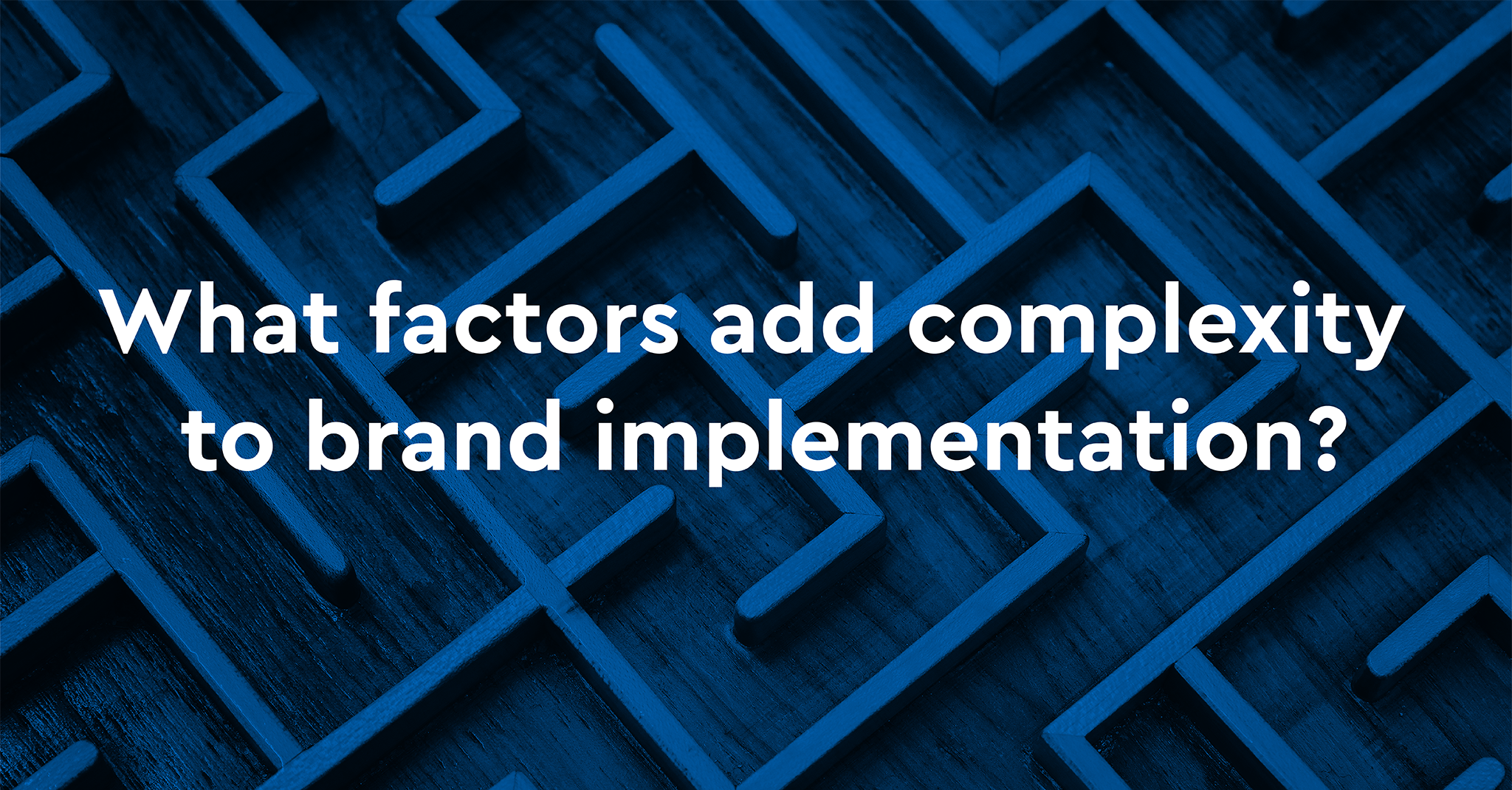
Launching a new brand is an important and impactful business decision no matter what typeof company you are running. There are, however, a few factors that make implementing a rebrand more complex. From a TenTen perspective we consider the following:
In 2021, some big names rebranded after years of repping their old symbol. The ones that grabbed our attention – and that we are defining as “the most complex” – are national or global brands who’s roll out efforts will be years in the making due to a combination of several factors. Let’s take a look…
With 17,796 locations, over 20,000 employees (plus franchise employees) and an incredible amount of packaging products spread across the globe, rolling out a new brand is a monumental undertaking for Burger King. The company’s plan is to roll out the brand in a “digital first” manner while it continues to update merchandise, menu boards, uniforms, signage and décor.
Top Three Complexity Factors: Size of company, globalreach, number of physical branded assets

GM’s new logo represents the fifth iteration of the mark since 1908. The new version modernizes the traditional look and feel and expresses a sense of inclusivity by using lowercase letters. The brand change symbolizes their focus on electric vehicles. When thinking about what the GM brand touches, it’s natural to jump to the roughly 9 million vehicles they sell each year and the 4,232 dealerships across the country – but it stretches far beyond that. GM’s goal is to “deliver a world-class experience at every touchpoint and do so on a foundation of trust and transparency.” Beyond physical assets, GM is focused on each branded moment along the customer journey.
Top Complexity Factors: Type of business, existing inventory, number of audiences

Now a household brand name thanks to the pandemic, Pfizer progressed its logo beyond the pill shape to the double helix symbol, aligning the brand with the company’s science-driven approach. The company began the shift in 2019, spinning off consumer health and off-patent drug divisions to focus on creating prescription drugs and vaccines. The Pfizer rebrand touches 78,500 employees, 363 properties world-wide and billions of end users.
Top Three Complexity Factors: Size of company, reach, number of audiences

At TenTen Group, we celebrate complex rebrands because it demonstrates a commitment to business and brand improvement. We believe there’s no such thing as “too complicated,” because with proper planning, any type of organization can have a clear path to brand change. Interested in learning more about what it means to implement a rebrand? Drop us a note at hello@tentengroup.com – we love to talk planning.
